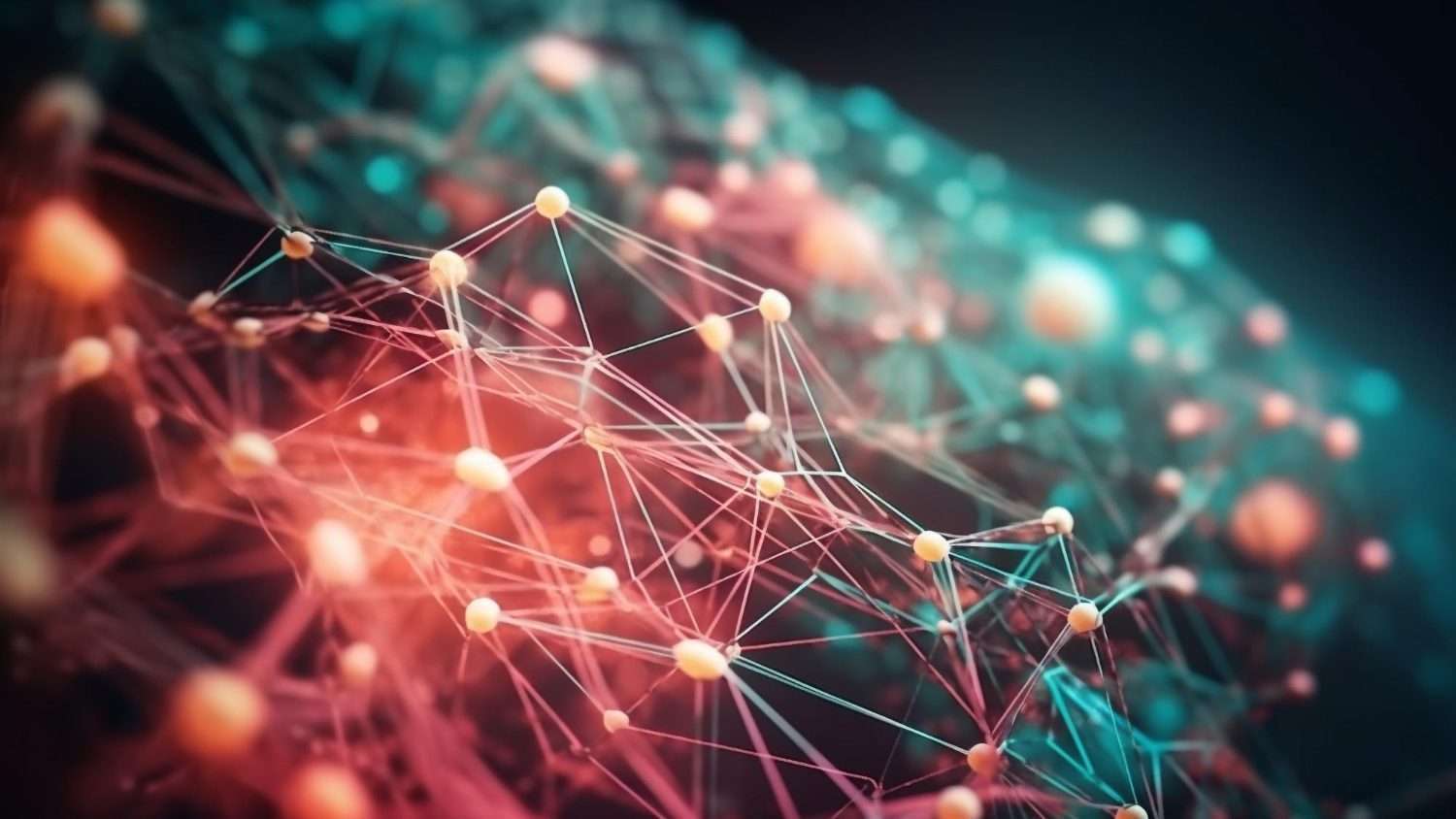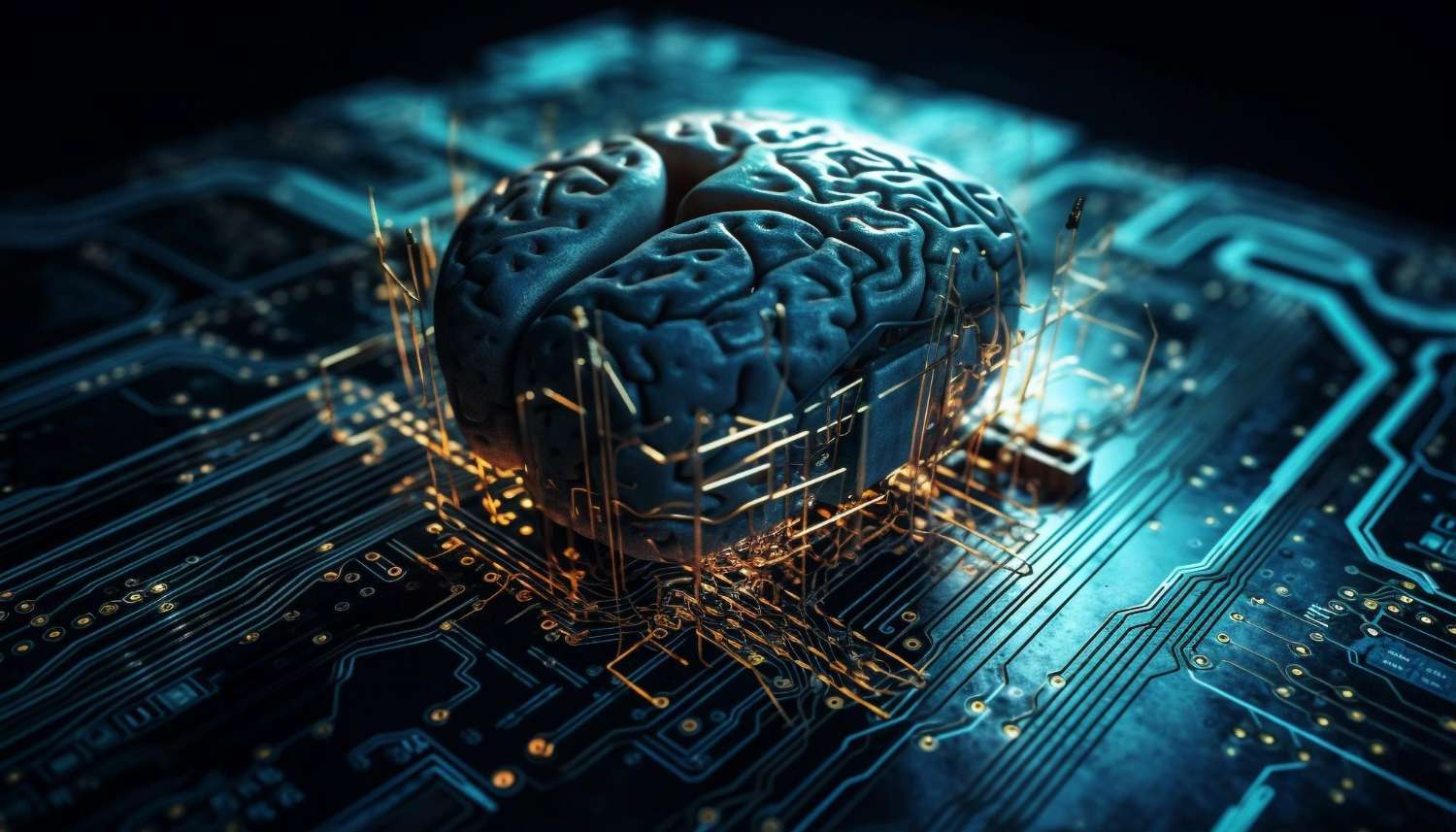A deep neural network in generative AI processes vast amounts of raw data through multiple neuron layers. These layers analyze and learn complex patterns, enabling the AI to generate new data that mirrors the original input.
Essentially, the deep neural network trains itself by continually attempting to improve its predictions.
What are the core components of a deep neural network in generative AI?
The main components of a neural network comprise input layers, hidden layers, and output layers 🧩. Input layers receive raw data and distribute it to the hidden layers. The hidden layers, often multiple, are where the analysis occurs. Here computational nodes process the data, each focusing on a different aspect or pattern. Eventually, the output layer compiles these discrete interpretations into a single, coherent result.
Another pivotal component is the ‘weights‘, numeric values between -1 and 1, associated with each node. During the learning phase, the algorithm adjusts these values to align with the desired outcome. This adjustment is generally achieved using a method known as backpropagation.
How are deep neural networks trained in generative AI?
Training a deep neural network involves an iterative process called ‘learning‘, to identify patterns within datasets. The network repeatedly tests its own predictions against actual outcomes and then adjusts the weights of its nodes to improve future predictions. This process continues until it reaches a satisfactory level of accuracy.
Moreover, additional methods and approaches, such as learning rate optimization and regularization techniques, might be employed to expedite the process and prevent overfitting. Overfitting occurs when a network is so finely tuned to a specific set of data that it becomes less effective at processing any different data.

How can generative AI utilize deep neural networks?
Generative AI uses deep neural networks to produce new data that mirrors the learned patterns of the input. This ability can be seen in several applications. For example, it can synthesize realistic images, compose music, or write convincing blocks of text. This is achieved through the use of Generative Adversarial Networks (GANs), where two neural networks compete against each other in a sort of creative arms race.
One network generates new data, while the other determines whether this data convincingly replicates the original. The generator network continually learns from the discriminator network’s feedback, trying to produce increasingly convincing duplicates until the discriminator can no longer distinguish between real and generated data.
What are the challenges facing the implementation of deep neural networks in generative AI?
The design and implementation of deep neural networks in generative AI aren’t straightforward. One of the major difficulties is in collecting and managing vast amounts of training data. Deep neural networks require large data volumes for learning, and gathering this data can provide its own challenges such as ethical and privacy considerations.
Additionally, deep learning models can be computationally intensive, requiring significant processing power and memory. These models take a lot of time and energy to train, which can be a barrier for smaller organizations without access to powerful servers. However, the increasing availability of cloud-based AI platforms is helping to mitigate some of these issues.
Conclusion
A deep neural network in generative AI operates by computing through several layers, learning from the input data, and making more precise predictions. Training these networks involves an iterative learning process, with techniques employed to enhance learning and prevent overfitting.
Despite the challenges, the potential applications of these networks are manifold and far-reaching. To better understand this topic, feel free to examine our Fundamental Elements of a Deep Neural Network in Generative AI.
- Analyzing Patterns in Failed Products - July 25, 2024
- Hybrid Cryptographic Systems - July 24, 2024
- Inadequate Threat Intelligence Integration - July 23, 2024
